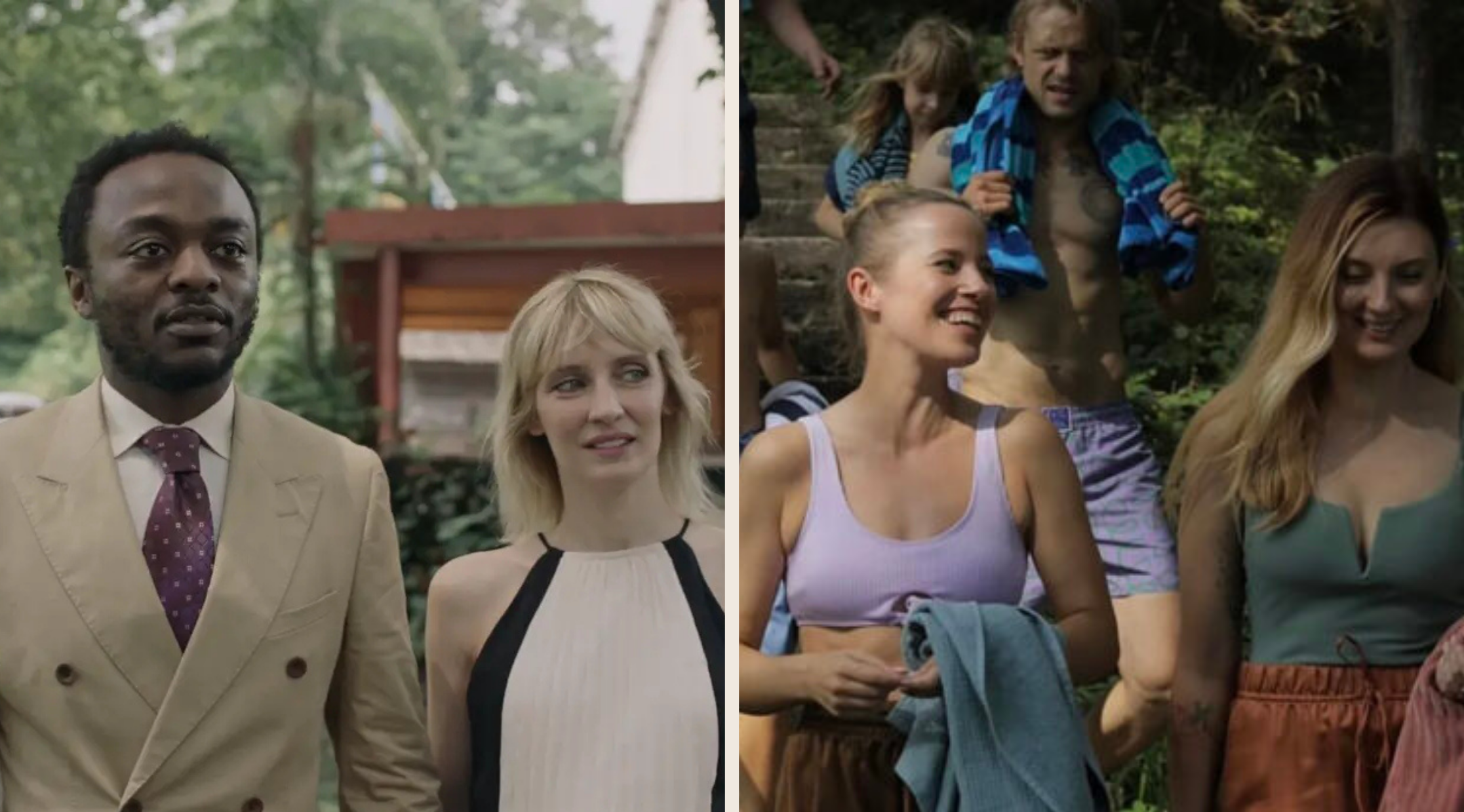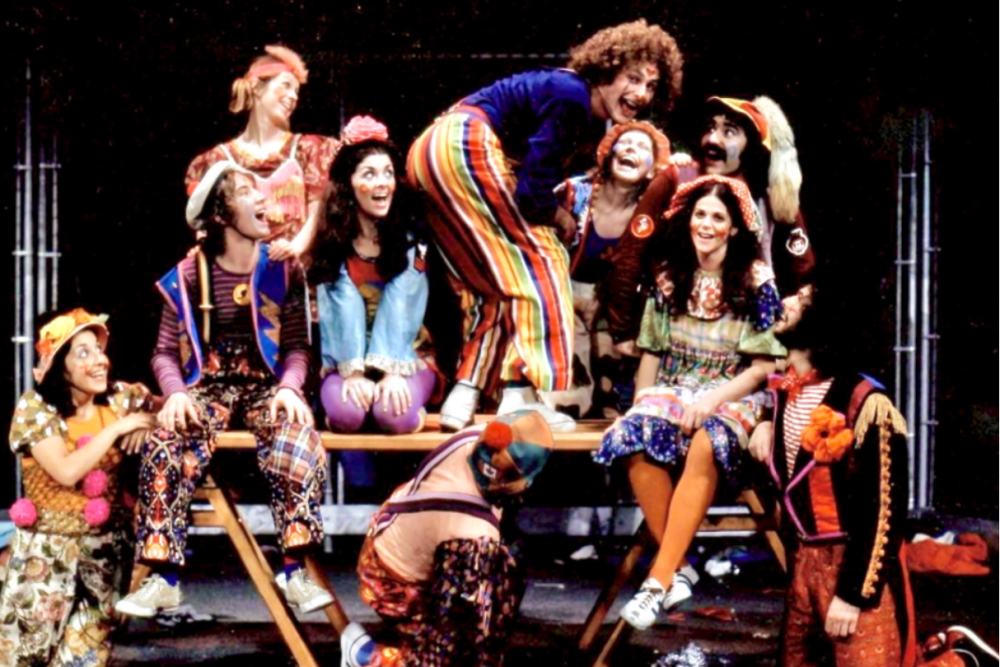El Color Negro finds different shades of Black at Vancouver Short Film Festival
Elegant black-and-white portraits meet spoken-word narration in work inspired by BLM
Scenes from El Color Negro, the new short film by Andy Hodgson. Photos by Angel Lynne
El Color Negro debuts at the Vancouver Short Film Festival, streaming January 22 to 24
BLACK IS NOT a colour; it’s a shade like grey and white.
That concept hit Vancouver filmmaker and cinematographer Andy Hodgson at the height of the Black Lives Matter movement late last spring.
“If you translate that to people, we should all look at that as the same shade,” says Hodgson, who’s directed everything from feature films to commercials.
As a cinematographer, he already understood the inner workings of light and shadow, and he wanted to dive deeper into research about the colour theory and historical associations with black. The result is a powerful new short film that mixes spoken-word narration and stunning black-and-white portraiture.
Debuting at the Vancouver Short Film Festival, El Color Negro features local and Canadian Black actors, filmed almost still and wordlessly posed in elegant 1920s costumes--strings of pearls, flowered hats, high-collar blouses, and lace parasols for the women; white top hats, tuxedo jackets, bowties, and ascots for the men. In each shot, they’re perfectly positioned in a sort of cinematic riff on a still life, a landscape hanging behind them, an ornate table with chess sets or bouquets beside them. They gaze into the lens of the camera.
“I wanted to explore the idea of elegant black-and-white objects and portraits of men and women and children, underscored with this narration about white and black and history,” Hodgson says.
A cinematic portrait from El Color Negro. Photo by Angel Lynne
With the help of local actor and activist Rukiya Bernard and his own linguistics-expert father, John Mather, Hodgson pieced together phrases from his research into the spoken-word narration. “What is black? A colour? A symbol? A person?” the voice-over challenges off the top. Sometimes it pushes philosophically into colour science: ”Black absorbs every wavelength, every colour from the spectrum of light”; “In the absence of light, everything is black”. Other times, it pushes beyond negative Western associations with black (from black cats to black magic): in Ancient Egypt, it was considered a positive, powerful colour, the narrator tells us.
Hodgson encouraged narrator Caitlyn Stryker to read the poetic script like an oration, to think of Malcom X or Martin Luther King amplified through speakers to the masses--an effect heightened by sound designer Noah Valentine Meyer adding a slight reverb and echo to the recording.
“I told him, ‘Let’s make it full ‘60s-in-the-park,’” says Hodgson.
For the costuming, he chose the 1920s as an era of growing empowerment.
Vancouver director Andy Hodgson draws on his own mixed-race heritage and growing up in countries around the world for inspiration.
“I started to look at the Roaring ‘20s as a time for black people to own their own businesses. And there were a lot of poets, a lot of musicians giving power back to the Black people. I started researching how they dressed and what sort of businesses they owned,” says Hodgson, who shot El Color Negro on old-school 35-millimetre film.
In his directions, he asked the participating actors--including Adrian Holmes, Naika Toussaint, Favour Onwuka, and model, activist, and Miss Universe Canada Nova Stevens--to do a lot with a little. He gave them backstories to imagine. “I would tell them ‘Just become the owner of a new speakeasy’ or ‘You’re in a band touring the US or North America’, or ‘Now you're a restaurant owner,’” he says. “I’d say, ‘Think of that, but also with that empowerment think of the years and years of Black slavery.’ So you see empowerment, but also grief.”
Interspersed with those shots are symbolic, and sometimes dreamlike, images of black and white objects--black chess pieces overpowering a game board, a black rose rising from a bouquet of white ones, or geometric black objects overpowering a stack of white ones.
Though he’s made longer features, Hodgson is drawn to the freedom short film allows. But he also wanted to create something different in tone to the media overload that was happening during BLM protests.
“You can get away with being a little bit more experimental with short film,” he tells Stir. “We are so bombarded with social media and 20- and 30-second clips, and video, video, video--everybody has something to tell you. So I thought, ‘I gotta get in and I gotta get out quick.’”
Hodgson says his own mixed-race background allows him to bring a unique perspective to the subject. “I’m half-Black, half-Spanish; I’ve lived in Central America, the Middle East, and all sorts of other countries,” he explains. “And because I was so multicultural and was introduced to so many different races through my family travelling, to me everybody’s the same colour--whether they’re Arab or Spanish or Filipino, American, European, or African. So I grew up in a background where we’re all equal.” At the same time, he was exposed to racism and hardship due to discrimination--especially witnessing a revolutionary period in Central America.
Look for another short-film work inspired by Black Lives Matter from Hodgson, after El Color Negro debuts at the VSFF. He can’t tell us much, except for the fact it’s called Mulatto. “It’s going to be hard-hitting, more bold and aggressive,” he allows. In other words, Hodgson will find yet more shades as he continues to explore the full spectrum of colour.
El Color Negro used costumes from the early part of the last century. Photo by Angel Lynne

















